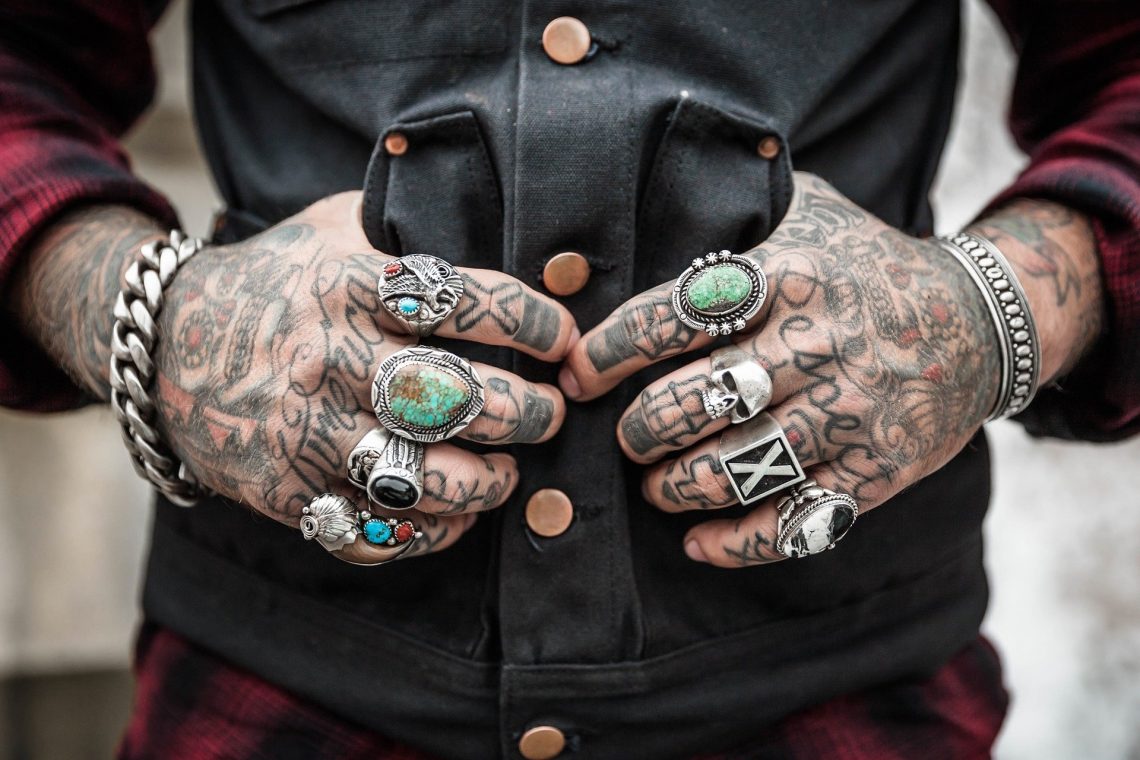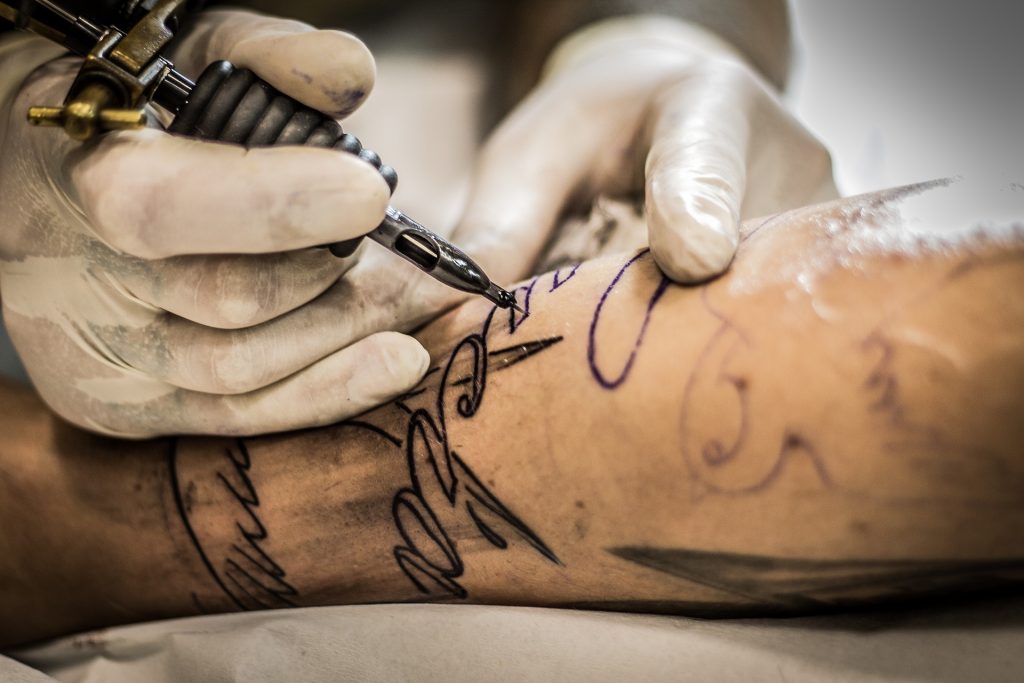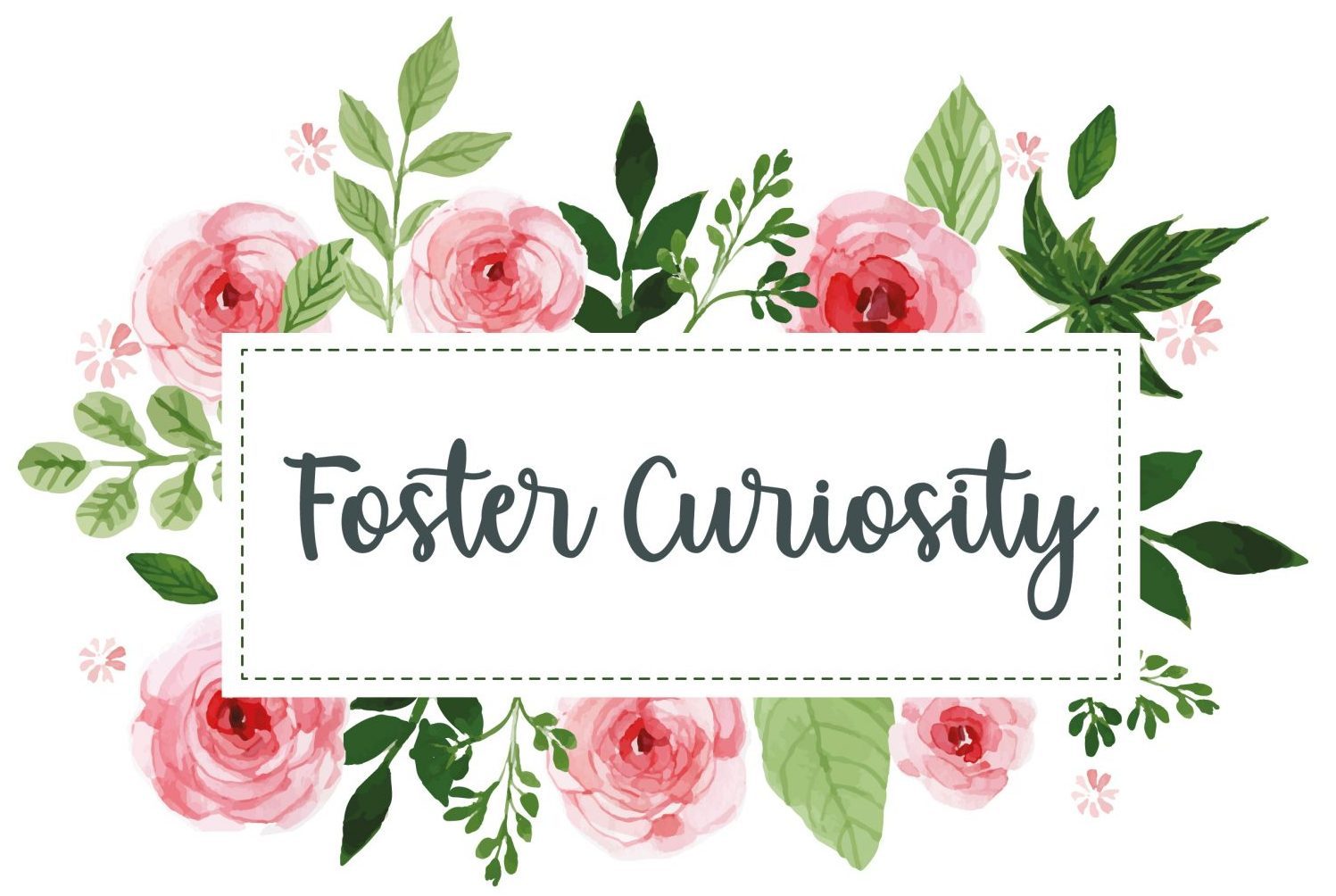
The History of Tattoos: Part 2
A couple weeks ago I started researching the history of tattoos because I wanted a better understanding of them. Little did I know, there is SO much history there. Tattoos date back thousands of years and have had multiple different meanings across numerous cultures. As I started learning, I kept finding more and more to write about, so I split my post into two separate posts. Here is the second part of The History of Tattoos.
Tattoos in the Pacific Islands
As I mentioned in part one, the word “tattoo” comes from the words “tatau,” “tatatau,” and “ta.” These words come from various islands, including Polynesia and Tahiti. These words roughly translate as “to mark” and “to strike,” which is a perfect translation for what a tattoo really is. Captain James Cook brought the word “tattoo” to Europe after traveling through the Pacific Islands.
Tattoos in Polynesian tribal cultures tell stories and hold significant meaning to the person they are on. The tattoos show where the person is from, who they are, and their status in their village. They might include accomplishments that the person has or who their ancestors were. Looking at someone’s tattoos would tell you a lot about them without ever having to talk to them.
Warriors from the Pacific Islands might use tattoos to show their victories in battle or to intimidate their enemies during it. They were used to honor their family history and record who someone is right on them. It acted as a signature in some cases and was used to record stories before written language.
Because of the culture of the tribes on the Pacific Islands, tattoos were viewed as markings of primitive people in western civilization. It wasn’t until getting to know some of the tattooed people helped show skeptics that people with tattoos weren’t all savage.
Tattoos in Japan
There were many different reasons for tattoos in Japan before they were banned. Warriors sometimes got tattoos so they could be easily identified if they were killed on the battlefield. Certain symbols were used for protection or to show rank in their tribes.
Tattoos can be traced back in Japan to the Jomon Period (10,000BC-300BC). The designs from this period included dots, circles, and lines that were first used to decorate pottery. Evidence shows that body modification was used to express oneself and included dental modifications, piercings, and tattoos.
Tattoos in Japan are deeply rooted in their culture but are perceived as a connection to crime. Before prisons existed, criminals were tattooed so everyone would know that they were a criminal. Tattoos were outlawed in the Edo period (1603-1868), and tattoo artists were forced to work underground illegally. During this period, most people who got tattoos were criminals tied to the Yakuza–a Japanese gang–or prostitutes. Low-ranking people in gangs were forced to get tattoos to show their devotion.
In modern Japan, most locals still associate tattoos with criminal activity and might avoid someone who has tattoos. Both Japanese citizens and tourists are encouraged to stay away from public areas such as onsens (Japanese hot springs) and pools.
Tattoos in the United States
Native Americans had tattoos when Europeans colonized the United States. They would have tattoos that showed battle victories and symbolized different ideas, such as the bird symbolizing freedom.
Tattoos were discovered by explorers when they visited different island cultures. The sailors began getting tattoos, then brought the idea back to those on the mainland. Royals and wealthy people used tattoos as a decoration to show their status. Tattoos were like jewelry or fine clothes. Later, women who had many colorful tattoos might appear in the circus. This gave women financial freedom in a time period where that didn’t exist.
New York City is considered the birthplace of modern tattoos because Martin Hildebrandt opened the first tattoo shop in the 19th century. He tattooed civil war soldiers for identification purposes in case they were killed in the war. New York City was also the place where the first electric tattoo machine was invented in 1891. This new technology was inspired by the electric pen that Thomas Edison invented.
Famous actors and musicians in the 20th century made tattoos more desirable. Within the past few decades, tattoos have become more accepted in different professions.

Reasons for Tattoos
Different cultures had different reasons for getting tattoos. People might have gotten tattoos to show their lifelong commitment to their religion or crime. Some used it to show who they are or record their stories on their skin. Others used it to intimidate the enemy in battle or to grieve the loss of a loved one. It could be a decoration or hold significant meaning to the person who has it. Warriors might use it as a badge of honor, or a woman can use it to mark that she’s reached sexual maturity.
Whatever the reason might be, tattoos are more than marks on your body. I’m so glad that I took the time to research this because I had no idea where they started or why. My first tattoo has significant meaning to me and shows a little bit of who I am.
I’m also glad that tattoos are becoming more accepted in our society. Growing up, I was told that if I wanted to be a teacher, I wouldn’t have any tattoos visible. While I don’t know how schools react to someone tattooed from head to toe, I know multiple teachers who have exposed tattoos. I feel that it adds another layer to something I like to teach to all of my students: acceptance and individuality.
Though my first tattoo will most likely be covered with clothes while I teach, I know that a tattoo I want to get in the future will not always be covered, and that’s okay.
Learn More
If you are interested in learning more, you can read more about Maori Tattoos, tattoo culture worldwide, and everything you need to know about getting your first tattoo. After doing all of this research and learning more about tattoos, I know I will be getting more. I hope you enjoyed these posts as much as I enjoyed researching the topics. Happy learning!





